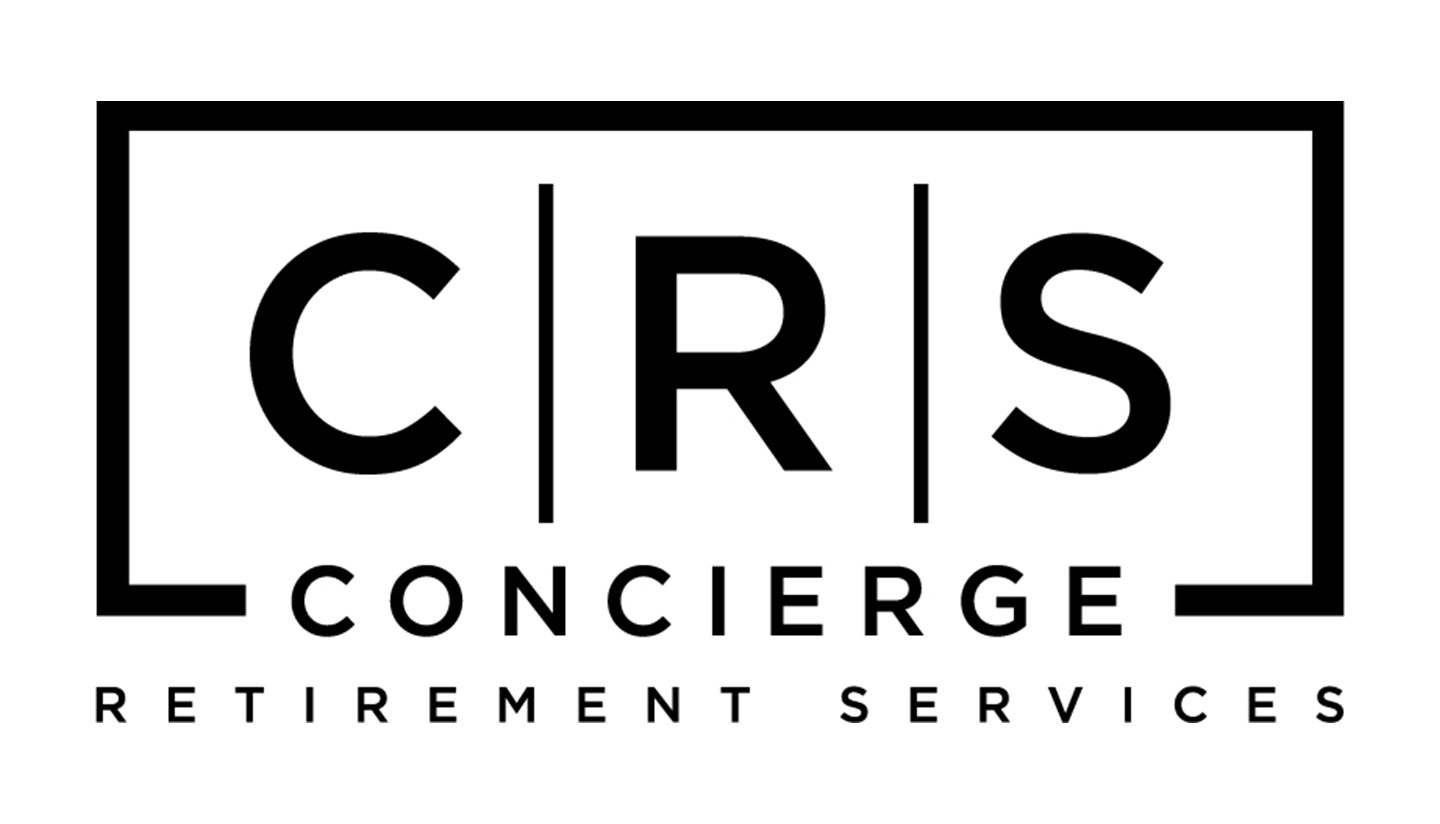[vc_row][vc_column][stm_post_details][/vc_column][/vc_row][vc_row][vc_column][vc_custom_heading text=”401(k) Plans, Student Loans & Saving For Retirement” font_container=”tag:h4|text_align:left” use_theme_fonts=”yes”][vc_column_text]For many Millennials saving for retirement has become a binary choice. Either they choose to pay down their student debt or they choose to save for retirement. Either one or the other. As many Millennials are in the earliest years of their working careers, difficult choices about how to allocate their hard earned paychecks must be made. Therefore, for many Millennials, paying down their student loan trumps deferring into their company’s 401(k) plan.
According to the Society for Human Resources Management (SHRM), only 4% of the companies that they surveyed indicated that they offer student loan payment benefits. That is why a recent IRS private letter ruling (PLR-131066-17) has prompted questions to companies’ HR departments. In the PLR, the IRS gave their consent to an unnamed company to allow for their employees to seemingly have the best of both worlds: to pay down their student debt and still receive company matching contributions into their retirement account. And with unemployment near historic lows, something like this program can certainly give your company an edge when you are looking to attract the top candidates.
The unnamed company wanted to know that they had relief from the “contingent benefit rule” embedded in ERISA. Under this provision of the 401(k) tax code, employers cannot make other company benefits contingent on an employee making retirement contributions (the notable exception being the matching contribution to the company’s 401(k) plan). So a company cannot say that “if you do not defer 3% of your salary into our 401(k) plan then you will be ineligible for our group health plan.”
The company wanted to amend its plan to allow workers to opt into a student loan repayment program. If the employee could prove that they were paying at least 2% of their salary toward student loan debt, then the company would make a 5% matching contribution into their 401(k) plan, even if the employee was not currently deferring anything into their 401(k) plan. This is certainly a novel idea that seems to benefit only the employees. However, prior to amending their plan to allow for this, the company wanted to make sure that they did not run afoul of the contingent benefit rule so they sought IRS guidance, via a PLR. The IRS concluded that as long as the program was voluntary and that an employee could opt out at any time, the proposed amendment would not violate the contingent benefit prohibition.[/vc_column_text][vc_empty_space height=”10px”][/vc_column][/vc_row][vc_row][vc_column][vc_custom_heading text=”Where Do We Go From Here?” font_container=”tag:h4|text_align:left” use_theme_fonts=”yes”][vc_column_text]A PLR is the equivalent of “don’t try this at home.” A PLR is just that: a ruling that the IRS has published on a very specific set of facts to a specific question raised by one unnamed company. PLRs only apply to the taxpayer requesting the ruling. In a recent client alert, the Groom Law Group (a top ERISA law firm) advised their clients that while the PLR “provides helpful comfort for employers who provide a similar program for employees, it may not be legally relied upon by taxpayers generally.” Companies wishing to implement a similar program could get their own PLR (an expensive proposition) or wait for broader guidance from the IRS (that could be a long wait). Because even though this PLR certainly gives us a window into the IRS’ thinking, and even though such a program only benefits the employees, assuming that your company can just go ahead and implement a similar program would, I feel, be unduly optimistic.
Other questions remain. The cost of the match would undoubtedly go up. Is that OK? Would older employees, who have no student debt, feel the company is unfairly benefiting their younger employees at their expense? What if the plan requires a formal CPA’s audit? Will the auditor issue an opinion on something this unproven without the subject plan having its own PLR?
Any employer moving forward without going the PLR route better have a very high tolerance for risk.[/vc_column_text][vc_empty_space height=”10px”][/vc_column][/vc_row][vc_row][vc_column][vc_custom_heading text=”The 2019 Cost Of Living Adjustments (COLAs)” font_container=”tag:h4|text_align:left” use_theme_fonts=”yes”][vc_column_text]The qualified retirement plan cost of living adjustments for 2019 were recently announced by the IRS.
| 2018 Qualified Plan Limits | 2019 Qualified Plan Limits | |
| 401(k)/403(b) Annual Deferral | $18,500 | $19,000 |
| 401(k)/403(b) Annual Catch Up | $6,000 | $6,000 |
| Annual Defined Contribution Limit | $55,000/$61,000* | $56,000/$62,000* |
| Annual Defined Benefit Limit | $220,000 | $225,000 |
| Highly Compensated Employees | $120,000 | $125,000 |
| Annual Compensation Limit | $275,000 | $280,000 |
| Social Security Taxable Wage Base | $128,400** | $132,900 |
*With Catch Up
**It was $128,700 – The IRS lowered it to $128,400[/vc_column_text][/vc_column][/vc_row]
